When you overwork your body and reach or surpass its limits, it tells you that it needs extensive rest through the resulting pain and sore muscles. Although it often goes away after getting enough sleep and keeping strenuous activities to a minimum, you may need to seek treatment if the pain persists. One method that has grown in popularity for pain relief is dry needling.
If you’re one to delay getting your routine vaccinations because of your fear of needles, there’s no need to fret with dry needling. The practice uses needles similar to those in acupuncture and inserts them directly into muscle knots, relieving pressure and soreness in the area. Here’s what you need to know about dry needling if you’re afraid of needles:
The Needles Don’t Hurt
Needles terrify many people for an understandable reason. Getting injections as a child was frightening, and the sharp pain that accompanied it was often enough to scare people for life. However, your pain threshold goes up as you get older, making these experiences less intimidating. Additionally, dry needling does not inflict noteable pain because it uses tiny, flexible needles. In fact, patients have often reported that they don’t even feel the needle at all.
The physical therapists insert the needle into specific areas to stimulate blood circulation in the area, encouraging healing. Some patients report feeling a dull ache when the needle is inserted, although it usually isn’t uncomfortable unless the area being treated is severe. Sometimes, the patient may feel a muscle twitch or a deep cramp, but that’s no cause for concern. These responses tell the practitioner that the needle affects the muscle both mechanically and neurophysiologically, which means it will relax, easing pain and muscle movement. It can even address untreated occipital neuralgia, providing much-needed relief and comfort.
One Spot Is Enough to Relieve Pain
The great thing about dry needling is that treating one spot is often enough to relieve pain in a wide area. For example, dry needling is known to help treat piriformis syndrome- a condition where the piriformis muscle in the buttock area spasms, causing your buttocks to hurt. Dry needling in the smaller, target spot has been shown to relieve pain in the area as a whole. As such, dry needling for piriformis is one of the more popular uses of the treatment.
It Can Treat Many Different Areas
At some point, you’ve likely felt your neck, shoulders, or back hurt from overuse. You have probably experienced tension headaches as well. Luckily, dry needling can help with all that and more; there’s even dry needling for TMJ or temporomandibular joints, which connects your jaw to your skull. As mentioned earlier, it can also treat pain in your buttocks region, discomfort and sharp pains from a sciatica nerve, and many other conditions.
Thanks to its incredible effects, this technique has been used to administer therapy to elite athletes for many years, which is why it has skyrocketed in popularity in the last few years. Since dry needling can treat many different areas, you can find almost instantaneous pain relief after just a session.
Work With a Professional Dry Needling Practitioner
Dry needling is a great and effective way to address various conditions. It does not use any chemicals other than the needle itself, which means you don’t have to worry about potentially harmful substances when undergoing treatment. By exploring dry needling, you are opening yourself up to a fantastic world of incredible healing techniques.
Dry Needling for TMJ and Other Pains
Dry Needle Pain Relief was founded by Dr. Chanatry, a chiropractor who also provides dry needling services. If you’re hoping to treat neck and shoulder pain or untreated occipital neuralgia, he’s the one to call. Call 904-743-6700 or visit https://dryneedlepainrelief.com/dr-chanatry/ today to request an appointment!


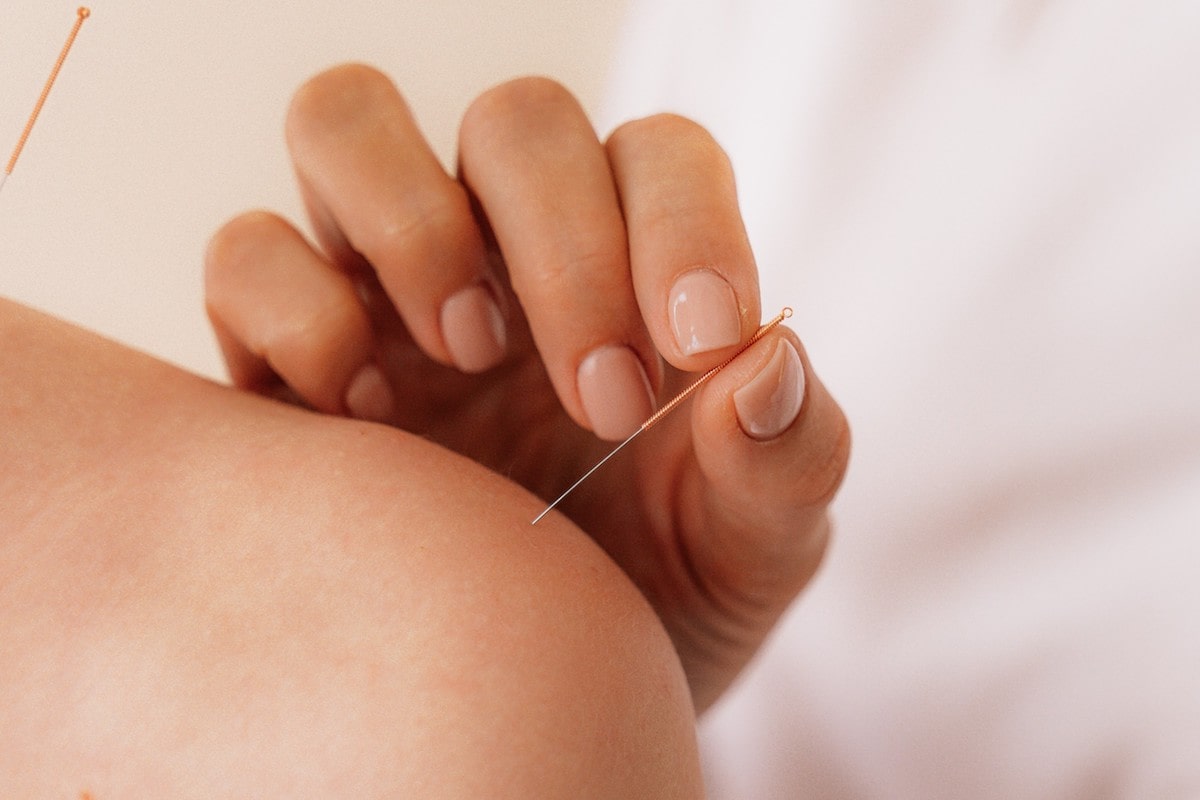

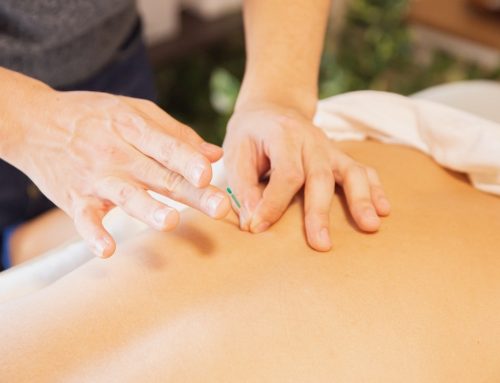
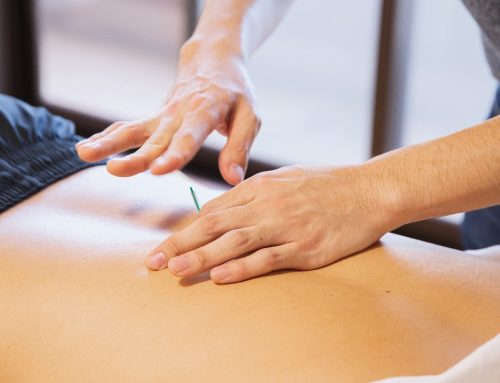
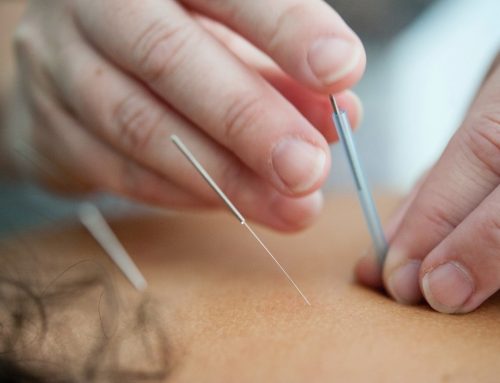
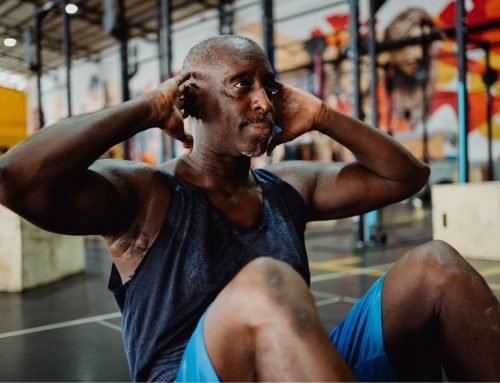
Leave A Comment